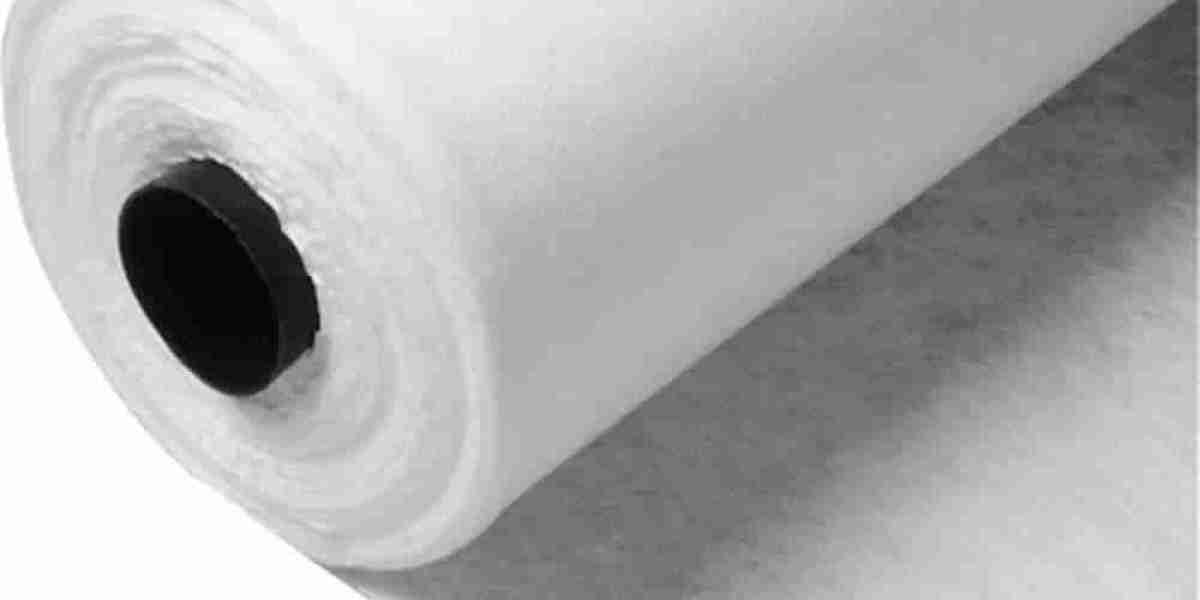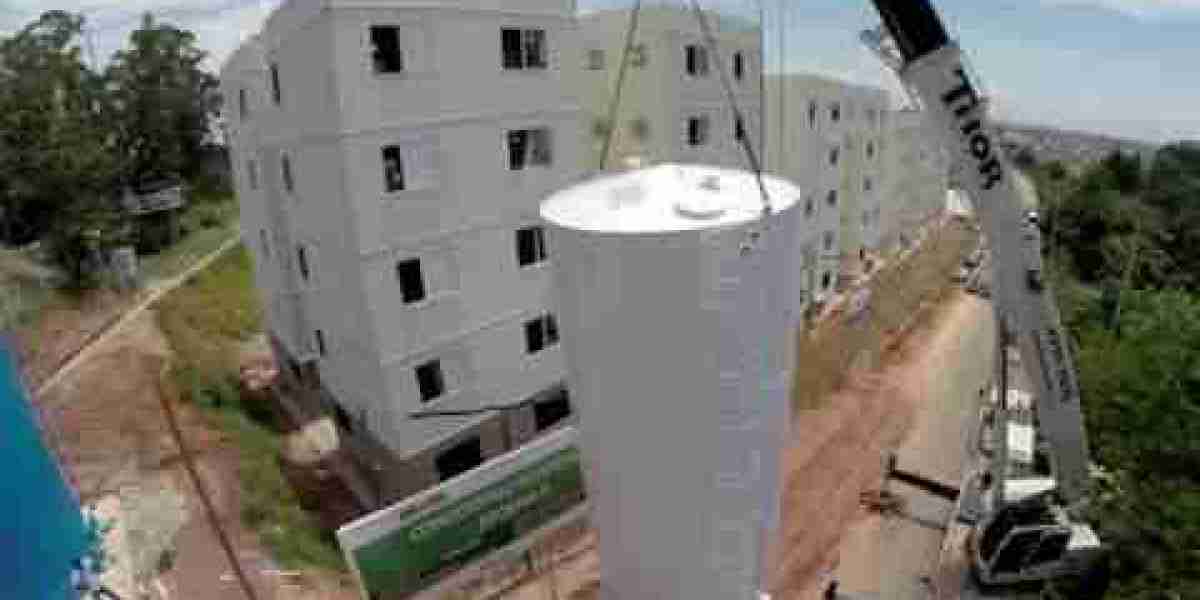In the ever-evolving world of civil engineering and infrastructure development, geotextile fabrics have emerged as a game-changer. These synthetic materials, specifically engineered for soil stabilization, have significantly enhanced the durability and efficiency of construction projects. High-strength geotextile fabrics are not just a technical innovation but a sustainable solution for addressing various challenges in soil management and foundation reinforcement.
What is High-Strength Geotextile Fabric?
High-strength geotextile fabric is a type of geosynthetic material made from polymer fibers, including polypropylene or polyester. It is designed to provide exceptional tensile strength and durability, making it suitable for demanding applications in soil stabilization, erosion control, and drainage systems. These fabrics are widely used in construction, agriculture, and landscaping projects to reinforce weak soils and improve the longevity of infrastructure.
Applications of Geotextile Fabrics in Soil Stabilization
Road Construction: High-strength geotextile fabrics are indispensable in road construction projects. They prevent soil erosion, enhance load distribution, and reduce maintenance costs by extending the lifespan of pavements.
Erosion Control: By acting as a barrier, geotextile fabrics minimize soil displacement caused by water or wind. This makes them an excellent choice for riverbanks, coastal areas, and embankments.
Reinforcement of Retaining Walls: These fabrics provide additional support to retaining walls, ensuring their stability even under significant pressure from the soil.
Drainage Systems: Geotextile fabrics facilitate efficient water drainage while preventing the clogging of soil particles in drainage systems. This application is crucial for ensuring long-term functionality in areas prone to heavy rainfall.
Landfills: In landfill projects, geotextile fabrics act as separators and liners, preventing the mixing of waste materials with surrounding soil and groundwater.
Benefits of Using High-Strength Geotextile Fabrics
Enhanced Load Distribution: These fabrics improve the load-bearing capacity of soil, making it suitable for heavy construction activities.
Cost-Effective Solution: By reducing the need for frequent repairs and maintenance, geotextile fabrics offer long-term cost savings.
Environmentally Friendly: Many geotextile fabrics are recyclable and contribute to sustainable construction practices.
Versatility: They can be used across various applications, from residential landscaping to large-scale infrastructure projects.
Durability: High-strength geotextile fabrics are resistant to chemical degradation, UV radiation, and biological factors, ensuring their effectiveness for decades.
Geotextile Fabric Manufacturers
India has emerged as a hub for the production of high-quality geotextile fabrics, with manufacturers leveraging advanced technology and raw materials to meet global standards. Prominent Geotextile fabric manufacturers in India offer a wide range of products tailored for diverse applications. Their commitment to innovation and quality has positioned the country as a leading exporter of geosynthetics worldwide.
Finding Geotextile Fabric Near Me
With the increasing demand for geotextile fabrics, locating reliable suppliers has become easier than ever. A quick online search for "geotextile fabric near me" will provide a list of local distributors and manufacturers offering high-quality products. Ensure to verify their credentials, customer reviews, and product certifications to make an informed purchase.
Why Choose Geosynthetics Products from Ahmedabad?
Ahmedabad, a prominent industrial hub in India, is home to some of the most reputed Geosynthetics products manufacturers in Ahmedabad. These companies are renowned for their state-of-the-art manufacturing facilities, stringent quality control measures, and a diverse portfolio of geosynthetics solutions. From geotextile fabrics to geomembranes and geogrids, Ahmedabad-based manufacturers cater to the needs of both domestic and international markets.
Factors to Consider When Choosing Geotextile Fabrics
Material Quality: Opt for fabrics made from high-grade polymers that ensure durability and resistance to environmental factors.
Application Needs: Different projects require specific types of geotextile fabrics. Consult with experts to determine the best option for your needs.
Product Certification: Always choose products that comply with industry standards and certifications for quality and safety.
Manufacturer Reputation: Partner with reputed manufacturers or suppliers who have a proven track record in delivering reliable products.
Cost-Effectiveness: While cost is a significant factor, ensure it does not compromise the quality and performance of the fabric.
Future of Geotextile Fabrics in Construction
As the construction industry embraces sustainable practices, the demand for geotextile fabrics is set to rise. Innovations in material science and manufacturing processes will likely result in even more robust and versatile fabrics, further expanding their application scope. Moreover, the integration of smart technologies into geotextiles, such as sensors for monitoring soil conditions, holds immense potential for transforming soil stabilization techniques.
In conclusion, high-strength geotextile fabrics have revolutionized the construction industry by offering a reliable solution for soil stabilization and erosion control. With leading geotextile fabric manufacturers in India and renowned geosynthetics products manufacturers in Ahmedabad, the availability of top-notch products is never a concern. Whether you’re searching for "Geotextile fabric near me" or exploring large-scale applications, these fabrics are a worthy investment for durable and sustainable infrastructure.
Frequently Asked Questions (FAQs)
Q1. What are the main types of geotextile fabrics?
There are two main types of geotextile fabrics: woven and non-woven. Woven geotextiles are made by weaving polypropylene or polyester fibers and are known for their high tensile strength. Non-woven geotextiles, on the other hand, are manufactured through heat bonding or needle punching, making them suitable for filtration and drainage applications.
Q2. How do geotextile fabrics contribute to environmental sustainability?
Geotextile fabrics help in soil conservation, prevent erosion, and enhance water management, thereby contributing to environmental sustainability. Additionally, many geotextiles are recyclable, reducing waste and promoting eco-friendly construction practices.
Q3. Can geotextile fabrics be used in residential projects?
Yes, geotextile fabrics are versatile and can be used in residential projects for applications such as landscaping, driveway stabilization, and erosion control around gardens or water features.





